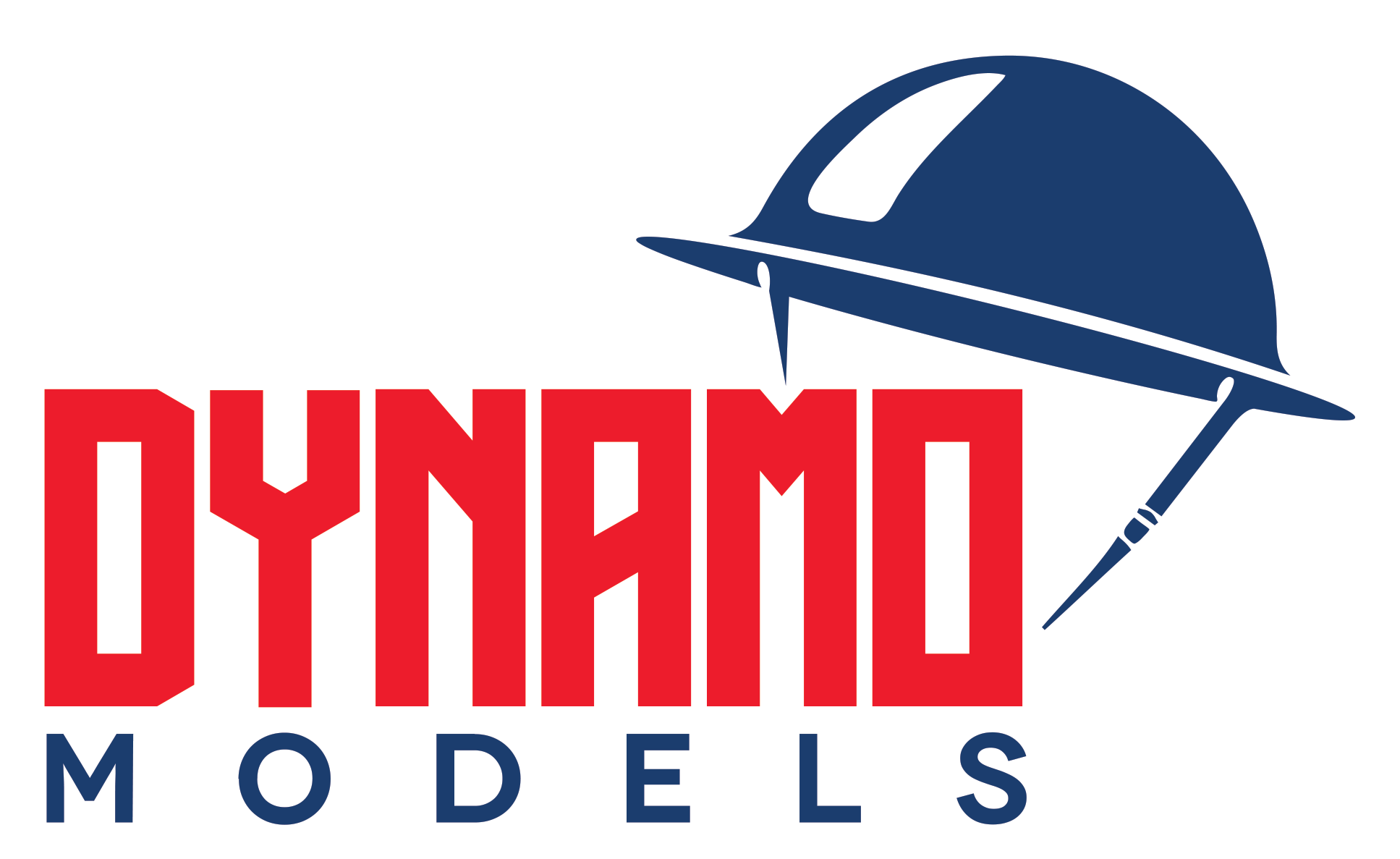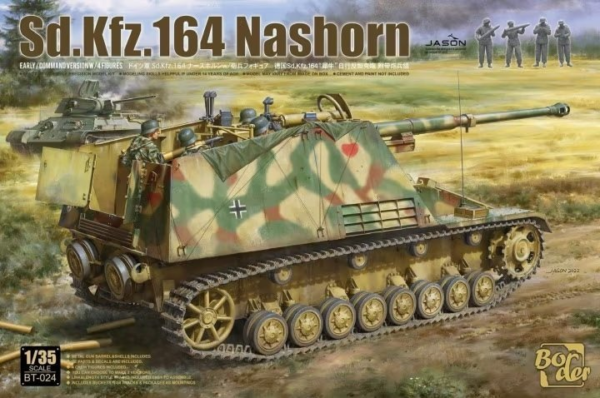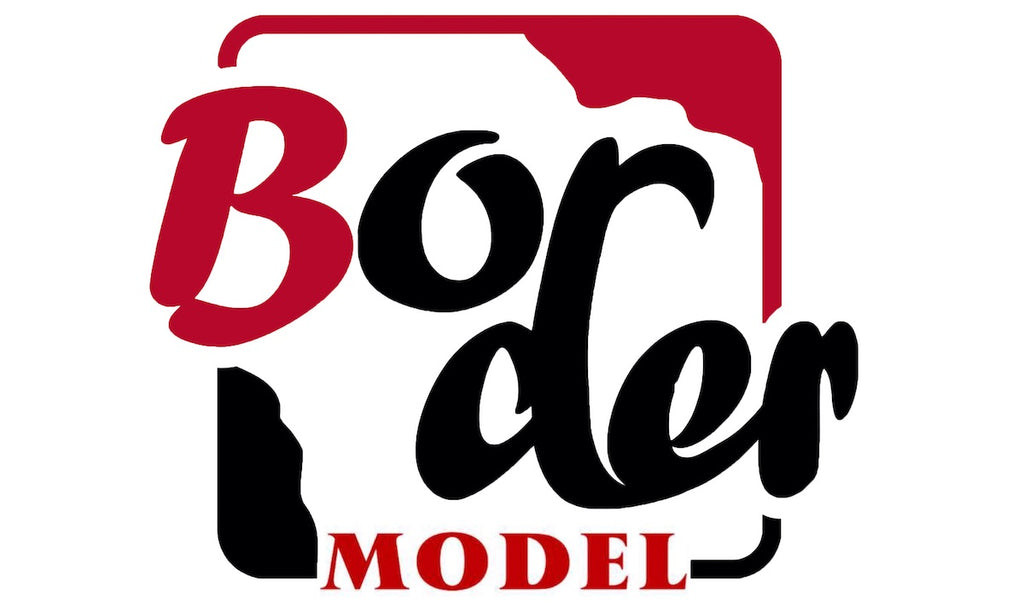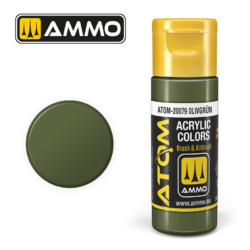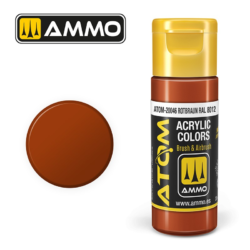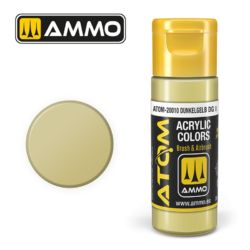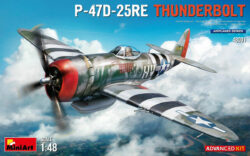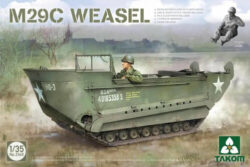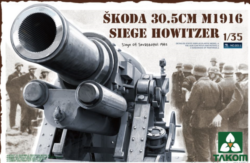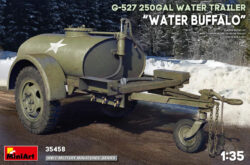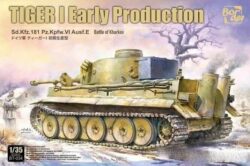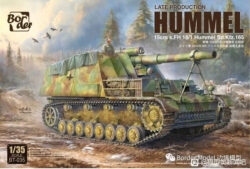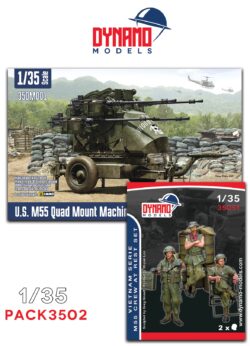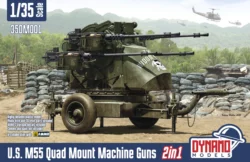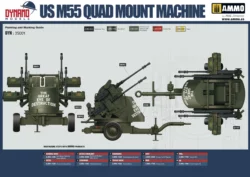Border Model BT024 – Sd.Kfz.164 Nashorn Early/Command w/4 figures
52,00€
– Plastic model kit to build a Sd.Kfz.164 Nashorn Early/Command w/4 figures 1/35 by Border Model.
– Scale plastic kit include photo-etch, clear parts and decals
– Model to be assembled and painted. Glue and paint not supplied.
1 en stock
Key Features:
- Highly Detailed 8.8cm Pak 43/1 Gun: The centerpiece of the Nashorn, this long-barrelled anti-tank gun is replicated with precision, featuring realistic breech and barrel details. The gun can be elevated and traversed, allowing for multiple display options.
- Detailed Open-Top Fighting Compartment: The kit accurately reproduces the Nashorn’s open fighting compartment, including ammo racks, storage compartments, and crew seating. This allows for a clear view of the interior components, enhancing the model’s realism.
- Photo-Etched (PE) Parts: Includes PE metal parts for delicate details such as engine grilles, fender supports, and other thin components, adding a high level of authenticity to the model.
- Individual Track Links: The kit features individual track links, which allow for realistic track sag and more dynamic positioning of the tracks around the road wheels.
- Detailed Suspension System: The Nashorn’s suspension is intricately molded, with accurately depicted road wheels, idlers, and return rollers. This level of detail makes the vehicle more lifelike and suitable for realistic diorama setups.
- Clear Parts for Periscopes and Optics: The kit includes clear parts to simulate the tank’s periscopes and gun sight, adding depth and realism to the model’s appearance.
- Open or Closed Hatches: Modelers have the flexibility to build the Nashorn with hatches open or closed, allowing for customization and the addition of crew figures if desired.
- Detailed Ammo Storage: The kit replicates the Nashorn’s internal ammunition storage, allowing modelers to add finely detailed shells and rounds in the compartments, providing a realistic combat-ready look.
- Decal Options: Border Model provides various decal options to represent different units and theaters, allowing for historical accuracy and customization.
- Accessory Options: The kit includes optional stowage items such as equipment boxes, jerry cans, and tools, which can be added to personalize the vehicle’s appearance.
The Border Model BT-024 Nashorn is an excellent choice for modelers who appreciate the combination of complex assembly and historical accuracy. With its open-top layout, powerful gun, and detailed interior, this kit brings the Nashorn’s unique and formidable appearance to life in impressive detail.
Sd.Kfz.164 Nashorn:
The Sd.Kfz.164 Nashorn, also known as the “Rhinoceros,” was a German self-propelled anti-tank gun developed during World War II, designed specifically to counter heavily armored enemy tanks like the Soviet T-34 and KV series. Initially referred to as the “Hornisse” (Hornet), it was renamed Nashorn in 1944 and played a critical role as a mobile tank destroyer on the Eastern and Western Fronts. Combining high mobility with a powerful gun, the Nashorn proved effective in long-range engagements, allowing it to strike hard from a distance without engaging in close combat.
Design and Armament
The Nashorn was built on a modified Panzer IV chassis, which was lengthened to provide stability and accommodate its large main gun. It was powered by a Maybach HL120 TRM engine, producing 300 horsepower and giving it a top speed of around 42 km/h on roads and approximately 25 km/h cross-country. While not heavily armored, the Nashorn’s design prioritized firepower and mobility over protection. Its open-topped fighting compartment provided limited cover for the crew but allowed for easy operation of its main armament: the 8.8 cm PaK 43/1 L/71 anti-tank gun.
The PaK 43 gun, derived from the famous 88mm guns used in other German tank destroyers and anti-aircraft roles, was among the most powerful anti-tank guns of the war. Capable of penetrating up to 190 mm of armor at 1,000 meters, it could defeat most Allied tanks at considerable distances. The gun’s high velocity and accuracy gave the Nashorn a formidable advantage in open-field engagements, allowing it to engage targets from well outside the effective range of most Allied tanks. However, the open fighting compartment exposed the crew to artillery, infantry small-arms fire, and the elements, requiring careful positioning to avoid vulnerability.
Operational Role and Effectiveness
The Nashorn was deployed primarily as a long-range tank destroyer, often positioned in concealed or elevated locations where it could fire upon enemy tanks from a safe distance. It was especially valuable on the Eastern Front, where the vast open terrain allowed for long-range engagements. The Nashorn’s 88mm gun could engage even the heavily armored Soviet KV-1 and IS-series tanks effectively. However, its thin armor and open-top design limited its survivability in close combat, meaning it needed to avoid direct engagements and urban environments where it could be ambushed.
Legacy and Impact
Although only around 494 units were produced, the Nashorn left a lasting impact due to its unique combination of mobility and firepower. It demonstrated the effectiveness of powerful, mobile anti-tank platforms, influencing later German tank destroyer designs. While limited in armor, the Nashorn’s role as a “tank sniper” highlighted the importance of tactical positioning and the strategic use of long-range firepower in armored warfare. Its legacy endures as a specialized solution to the heavily armored threats that emerged on the battlefield during WWII, exemplifying Germany’s adaptation to evolving anti-tank needs.
| Poids | 1,1 kg |
|---|---|
| Brand | |
| Country |
Germany |
| Material |
Plastic |
| Period |
WW2 |
| Scale |
